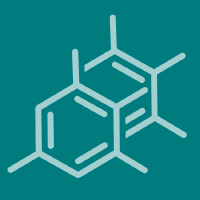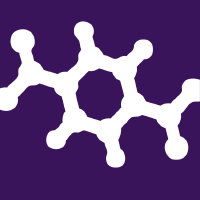Topic Menu
► Topic MenuTopic Editors


Green Corrosion Inhibitors for Metallic Materials
Topic Information
Dear Colleagues,
For many years there has been an active effort to find new environmentally friendly and safe inhibitors for a range of applications. Much of this work has been driven by chromate replacement, but increasingly this has broadened to include drivers based more on sustainable inhibitor systems. This means that there is not only a drive to replace chromate in applications where it is used, but also to look for more environmentally friendly inhibitors in non-chromate applications. This broadened scope may include the replacement of chemicals that have a large environmental impact upstream, for example, during their extraction and manufacture, or chemicals that are expensive with chemicals that have a smaller footprint. As an example, there has been an enormous amount of work looking for organic inhibitors which can be either individual organic chemicals or plant extracts that contain a combination of organic chemicals. Moreover, the search for alternatives is moving towards the investigation of inhibitor combinations for synergies in behaviour. Synergies may be based on having components that, for example, are effective in different pH ranges, may be anion–cation combinations or may operate in different chemical environments.
This Topic has a focus on these new inorganic or organic green inhibitor systems. The Topic Editors are inviting contributions based on new green inhibitors, particularly for inhibition in aqueous systems, including original research papers as well as short review papers on specific areas.
Dr. Anthony Hughes
Dr. Anthony Somers
Topic Editors
Keywords
- green inhibitors
- aqueous inhibitors
- corrosion
- metal corrosion inhibition
- organic inhibitors
- inorganic inhibitors
- synergy
Participating Journals
| Journal Name | Impact Factor | CiteScore | Launched Year | First Decision (median) | APC |
|---|---|---|---|---|---|

Coatings
|
3.4 | 4.7 | 2011 | 13.8 Days | CHF 2600 |

Materials
|
3.4 | 5.2 | 2008 | 13.9 Days | CHF 2600 |

Molecules
|
4.6 | 6.7 | 1996 | 14.6 Days | CHF 2700 |

Polymers
|
5.0 | 6.6 | 2009 | 13.7 Days | CHF 2700 |

Metals
|
2.9 | 4.4 | 2011 | 15 Days | CHF 2600 |

MDPI Topics is cooperating with Preprints.org and has built a direct connection between MDPI journals and Preprints.org. Authors are encouraged to enjoy the benefits by posting a preprint at Preprints.org prior to publication:
- Immediately share your ideas ahead of publication and establish your research priority;
- Protect your idea from being stolen with this time-stamped preprint article;
- Enhance the exposure and impact of your research;
- Receive feedback from your peers in advance;
- Have it indexed in Web of Science (Preprint Citation Index), Google Scholar, Crossref, SHARE, PrePubMed, Scilit and Europe PMC.

